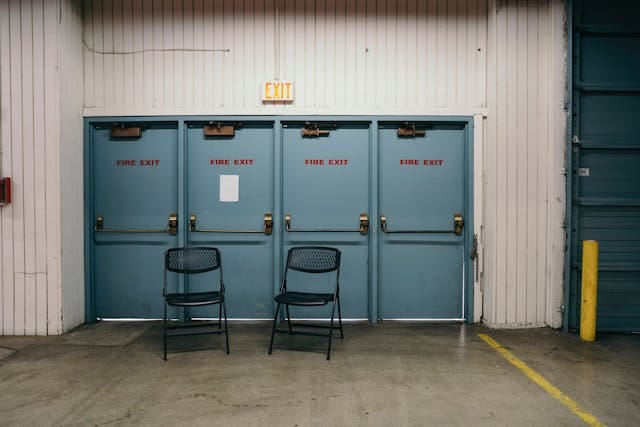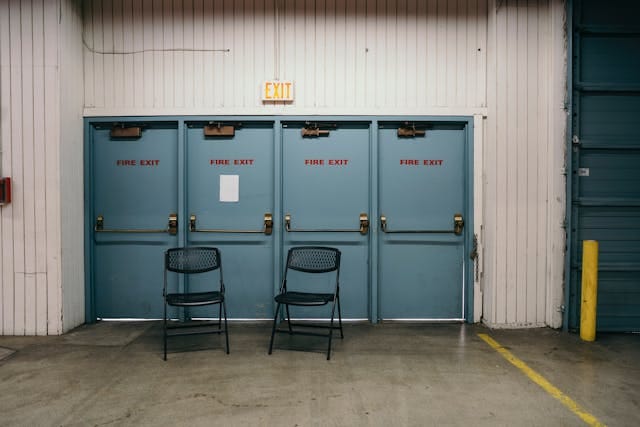
Fire doors are unsung heroes of fire safety in commercial buildings, playing a critical role in preventing the spread of fire and smoke. However, their effectiveness hinges entirely on proper installation, regular commercial building fire door inspection, and diligent maintenance. This article highlights why these elements are crucial and outlines best practices for keeping your fire doors compliant and functional.
Understanding Commercial Fire Door Regulations
Adhering to commercial fire door regulations is non-negotiable. These regulations dictate everything from the fire resistance rating (e.g., FD30, FD60) to hardware requirements like self-closing mechanisms and intumescent strips. Understanding and complying with these standards is the first step toward a safe building.
A Comprehensive Fire Door Inspection Maintenance Guide
A detailed fire door maintenance guide is essential for facility managers. Regular checks should include inspecting the door leaf for damage, verifying the integrity of hinges and seals, and ensuring the self-closing device operates correctly. Any signs of wear or damage must be addressed immediately to prevent compromise.
The Role of Passive Fire Protection Doors
Fire doors are a key component of passive fire protection, designed to compartmentalize a building and contain fire within a specific area for a defined period. These passive fire protection doors provide precious time for occupants to evacuate and for firefighters to arrive, significantly reducing the potential for widespread damage. Learn more about passive fire protection on our blog.
The Importance of Fire Compartmentation
Fire compartmentation is the strategy of dividing a building into smaller sections to limit the spread of fire and smoke. Fire doors are vital elements within this strategy, acting as barriers that seal off compartments. The importance of fire compartmentation cannot be overstated in safeguarding a building’s structure and its occupants.
Common Issues Identified During Fire Door Inspections
During commercial building fire door inspection, several common issues are often identified. These include doors failing to close properly, damaged or missing intumescent strips, incorrect hinges, and unsuitable ironmongery. Many issues arise from everyday wear and tear or improper use, such as doors being propped open.
When to Call a Professional for Fire Door Services
While some basic checks can be performed in-house, it is crucial to call a professional for fire door services. Certified technicians have the expertise and specialized tools to conduct thorough inspections, identify hidden defects, and ensure repairs meet regulatory standards. Professional servicing guarantees the integrity of your fire doors. Sefirepro.com provides comprehensive fire door inspection and repair services.
Maintaining Accurate Fire Door Records
Maintaining accurate fire door records is a legal requirement and a best practice. This includes documentation of installation dates, inspection schedules, maintenance performed, and any repairs. These records demonstrate compliance and provide a historical overview of the door’s condition.
Conclusion: Your First Line of Defense
Fire doors are an essential, active line of defense in commercial building fire safety. Regular inspection and maintenance ensure they perform as intended when a fire strikes. By prioritizing commercial building fire door inspection and professional maintenance, you significantly enhance the safety of your property and its occupants. Connect with us to schedule your fire door inspection.





